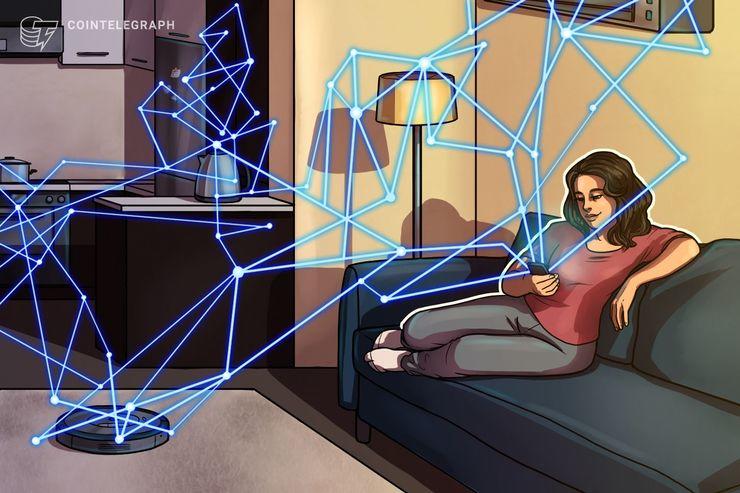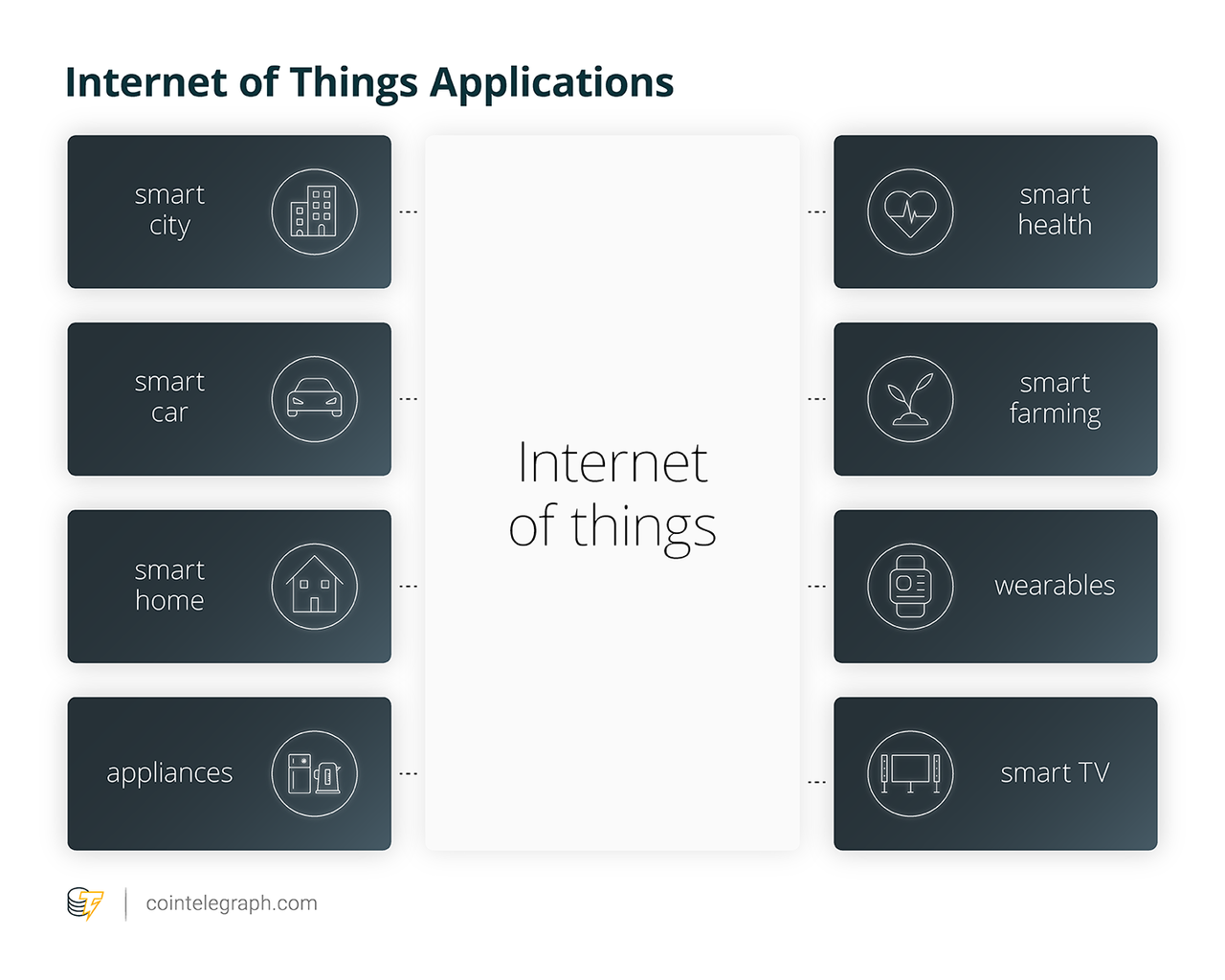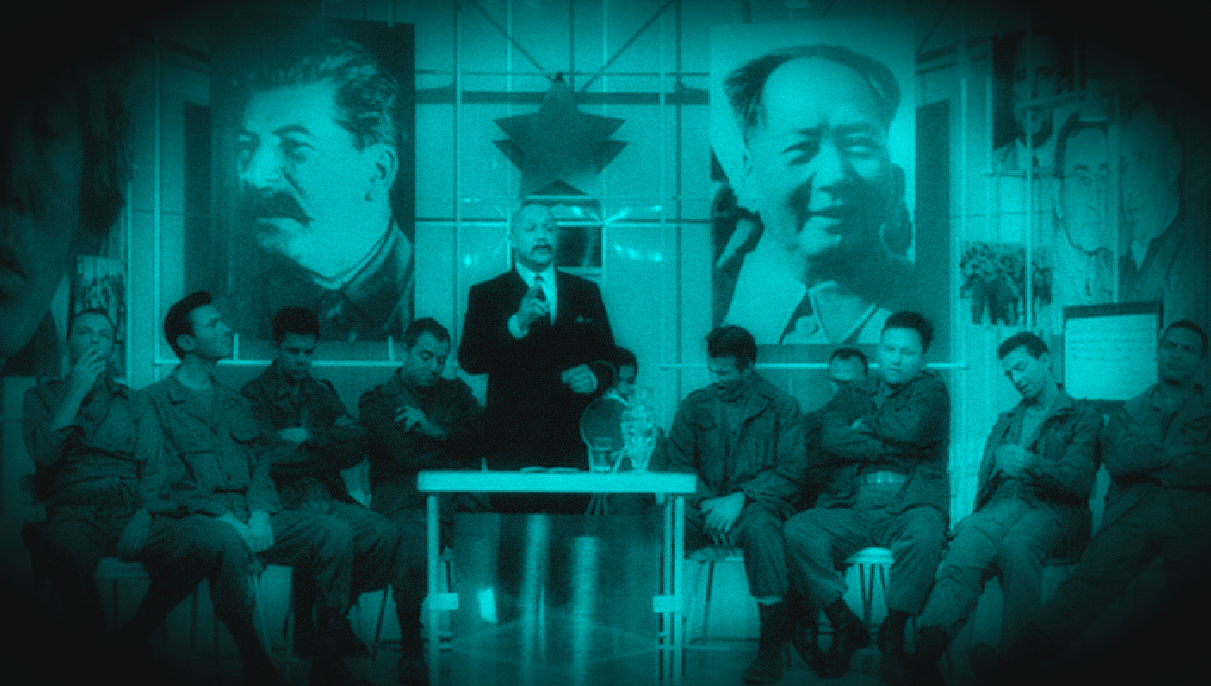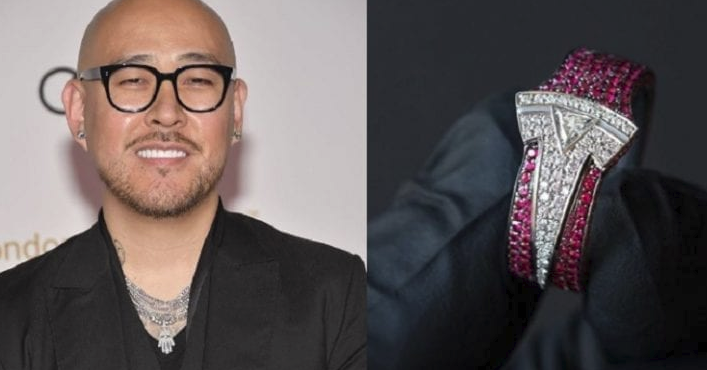Authored by US Army Major Danny Sjursen (ret.) via TomDispatch.com,
“Patriotism, in the trenches, was too remote a sentiment, and at once rejected as fit only for civilians, or prisoners.” — Robert Graves, Goodbye To All That(1929).
I’m one of the lucky ones. Leaving the madness of Army life with a modest pension and all of my limbs intact feels like a genuine escape. Both the Army and I knew it was time for me to go. I’d tired of carrying water for empire and they’d grown weary of dealing with my dissenting articles and footing the bill for my seemingly never-ending PTSD treatments. Now, I’m society’s problem, unleashed into a civilian world I’ve never gazed upon with adult eyes.
I entered West Point in July 2001, a bygone era of (relative) peace, the moment, you might say, before the 9/11 storm broke. I leave an Army that remains remarkably engaged in global war, patrolling an increasingly militarized world.
In a sense, I snuck out of the military at age 35, my early retirement an ignominious end to a once-promising career. Make no mistake, I wanted out. I’d relocated 11 times in 18 years, often enough to war zones, and I simply didn’t have another deployment in me. Still, I wouldn’t be honest if I didn’t admit that I’ll mourn the loss of my career, of the identity inherent in soldiering, of the experience of adulation from a grateful (if ill-informed) society.
Perhaps that’s only natural, no matter how much such a hokey admission embarrasses me. I recognize, at least, that there’s a paradox at work here: the Army and the Global War on Terror (GWOT) made me who I now am, brought a new version of me to life, and gifted me (if that’s the right phrase for something so grim) with the stories, the platform, and the pain that now make my writing possible. Those military deployments to Iraq and Afghanistan in particular turned a budding neocon into an unabashed progressive. My experiences there transformed an insecure, aspiring dealer-in-violence into someone who might be as near as a former military man can get to a pacifist. And what the U.S. Army helped me become is someone who, in the end, I don’t mind gazing at in the mirror each morning.
Should I thank the Army then? Maybe so, no matter the damage that institution did to my psyche and my conscience over the years. It’s hard, though, to thank a war machine that dealt so much death to so many civilians across significant parts of the planet for making me who I am. And no matter how much I told myself I was different, the truth is that I was complicit in so much of that for so long.
In a way, I wonder whether something resembling an apology, rather than a statement of pride in who I’ve become, is the more appropriate way of saying goodbye to all that. Nonetheless, the story is all mine, the burdensome, the beautiful, the banal, and the horrific. War, violence, and bigotry — as I’ve written — are America’s original sins and, looking back, it seems to me that they may be mine as well. In that context, though I’m now officially retired, I think of this as my last piece authored as an active military dissenter — a clearing of the air — before moving on to a life of activism, as well as an unarmed life of words.
What I Won’t Be Missing
It’s time to wave goodbye to a litany of absurdity that I witnessed in the institution to which I dedicated my adult life. Some peers, even friends, may call this heresy — a disgruntled former major airing dirty laundry — and maybe in some way it is. Still, what I observed in various combat units, in conversation with senior officers, and as a horrified voyeur of, and actor in, two dirty wars matters. Of that, I remain convinced.
So here’s my official goodbye to all that, to a military and a nation engaged in an Orwellian set of forever wars and to the professional foot soldiers who made so much of it all possible, while the remainder of the country worked, tweeted, shopped, and slept (in every sense of the word).
Goodbye to the majors who wanted to be colonels and the colonels who wanted to be generals — at any cost. To the sociopaths who rose in the ranks by trampling on the souls of their overburdened troopers, trading lives for minor bumps in statistics and pats on the shoulder from aggressive superiors.
Goodbye to the generals who led like so many lieutenants, the ones who knew the tactics but couldn’t for the life of them think strategically, eternally proving the Peter Principle right with every promotion past their respective levels of incompetence.
So long to the flag officers convinced that what worked at the squad level — physical fitness, esprit de corps, and teamwork — would win victories at the brigade and division level in distant, alien lands.
Farewell to the generals I served under who then shamelessly spun through Washington’s revolving door, trading in their multi-starred uniforms for six- and seven-figure corporate gigs on the boards of weapons manufacturers, aka “the merchants of death” (as they were known once upon a distant time), and so helped feed the unquenchable appetite of the military-industrial beast.
Farewell to the senior generals, so stuck in what they called “their lane” that they were unwilling (or intellectually unable) to advise civilian policymakers about missions that could never be accomplished, so trapped in the GWOT box that they couldn’t say no to a single suggestion from chickenhawk militarists on the Hill or in the Oval Office.
Goodbye to the devotees of American exceptionalism who filled the Army’s ranks, stalwart evangelists of a civic religion that believed there was a secret American inside every Arab or Afghan, ready to burst forth with the slightest poke from Uncle Sam’s benevolent bayonet.
Ciao to staff officers who mistook “measures of performance” (doing lots of stuff) for “measures of effectiveness” (doing the rightstuff). I won’t miss the gaggles of obtuse majors and colonels who demanded measurable “output” — numbers of patrols completed, numbers of houses searched, counts of PowerPoint slides published — from already overtasked captains and the soldiers they led and who will never learn the difference between doing lots and doing well.
Goodbye to battalion and brigade commanders who already had their hands full unsuccessfully “pacifying” entire districts and provinces in alien lands, yet seemed more concerned with the cleanliness of troopers’ uniforms and the two-mile-run times of their units, prioritizing physical fitness over tactical competence, empathy, or ethics.
Godspeed to the often-intolerant conservatism and evangelical Christianity infusing the ranks.
See ya to the generals who lent their voices, while still in uniform, to religious organizations, one of whom even became the superintendent of West Point, and at worst got mere slaps on the wrist for that. (And while we’re at it, here’s a goodbye wave to all those chaplains, supposedly non-denominational supporters of every kind of soldier, who regularly ended their prayers with “in Jesus’s name, amen.” So much for church-state separation.)
Farewell to the still-prevalent cis-gender patriarchy and (strangely erotic) homophobia that infuses the ranks of the U.S. military. Sure, “don’t ask, don’t tell” is a thing of the past, but the Army remains a (straight) boys’ club and no easy place for the openly gay, while the president remains intent on banningtransgender enlistees. And even in 2019, one in four women still reports at least one sexual assault during her military tour of duty. How’s that for social progress?
So long to the adrenaline junkies and power-obsessed freaks atop so many combat units, folks who lived for the violence, the rush of nighttime raids without a thought for their often counterproductive and bloody consequences. It’s a relief to leave them behind as they continue — prisoners of counterinsurgency, or COIN, math — to feed the insurgencies the U.S. fights far faster than they kill “terrorists.”
Goodbye to officers, especially generals, who place “duty” above ethics.
Sayonara to those who canonize “martyrs” like former commander James “Mad Dog” Mattis, a hero for resigning as defense secretary rather than implement (gasp!) modest troop withdrawals from our endless wars in Syria and Afghanistan. (As for a Pentagon-backed war in Yemen that starved to death at least 85,000 kids, he was apparently fine with that.)
Toodle-oo to the vacuous, “thanks-for-your-service” compliments from civilians who otherwise ignore soldiers’ issues, foreign policy, and our forever wars, who never give a thought to placing the country’s disastrous conflicts up there with healthcare on anyone’s election-year priorities list.
Parting is such sweet sorrow when it comes to the neo-Confederate backgrounds and cheerleading of far too many troopers and officers, to a military academy that still has a Robert E. Lee Road on which you drive from a Lee Housing Area to a Lee Barracks, part of an Army that has named at least 10 of its stateside bases after Confederate generals.
Farewell to rampant Islamophobia in the ranks and the leaders who do so little to counter it, to the ubiquitous slurs about Arabs and Afghans, including “hajis,” “rag-heads,” “camel jockies,” or simply “sand niggers.” What a way to win Muslim “hearts and minds!”
Ta-ta to the paradox of hyper-capitalism and Ayn Randian fiscal conservatism among the officers of the nation’s most socialist institution, the military. Count me in as sick of the faux intellectuals reading books by economists Friedrich Hayek and Milton Friedman in Iraq or their less sophisticated peers toting around Ann Coulter, Sean Hannity, or Glenn Beck volumes, all the while enjoying their publicly-financed, co-pay-less government healthcare.
Adieu to a military justice system that boots out soldiers who commit “alcohol-related” offenses or “piss hot” for marijuana while rarely investigating the Army’s role as a catalyst for their addictions — and so long as well to a discipline-over-treatment model for dealing with substance abuse that’s only now beginning to change.
Goodbye to infighting among the Army, Navy, and Air Force over funds and equipment and to those “Pentagon Wars” that prioritize loyalty to your service branch over fealty to the nation or the Constitution.
See you later, when it comes to the predictable opinions of a legion of semi-retired generals on 24-hour cable news who count on their public stature to sell Americans yet more guns and militarism.
So long to the faux-intellectualism of men like former “surge” general David Petraeus and his sycophantic army of “warrior monks” and COINdinistaswho have never seen a problem to which slightly improved counterinsurgency tactics wasn’t the answer and are incapable of questioning the efficacy of force, intervention, and occupation as ways to alter complex societies for the better.
Farewell to the pride and value military leaders place on superficial decorations — patches and badges and medals — rather than true mission-accomplished moments. (Don’t hold your breath waiting for even a single senior commander to ever admit that his forces wasted their time, or worse, during their year-long deployment in one of America’s distant war zones.)
Cheerio to the prevailing consensus among U.S. officers that our NATO allies are “worthless” or “weak” because they aren’t aggressive enough in taking on certain missions or types of patrols, while fighting and sometimes dying for Uncle Sam’s global priorities. (This is the nonsense that led to French fries being banned and “freedom fries” served in the congressional cafeteria after France had the gall to oppose Washington’s invasion of Iraq in 2003.)
Goodbye to the colonels and generals who speak at the funeral ceremonies of soldiers they hardly know in order to “rededicate” the mourning survivors to the never-ending mission at hand.
Farewell to the soldiers and officers who regularly complained that the Army’s Rules of Engagement were too strict — as if more brutality, bombing, and firepower (with less concern for civilians) would have brought victory — as well as to the assumption behind such complaints that Americans have some sort of inherent right to wage wars of choice overseas.
So long to the chauvinism in the senior ranks that asserts some sort of messianic American right and mission to police the globe, dot it with bases, and give its military men license to strut around the villages and alleyways of sovereign states as if they were their own.
America’s servicemen have taken to believing in their own myth: that they really do constitute a special caste above all you measly civilians — and now, of course, me, too. In this way, military men actually reflect a toxic society’s values. Few ask why there aren’t teachers, nurses, and social workers honoredlike U.S. military personnel in America’s vaunted sports stadiums. True servants — as we soldiers, in my years of service, were so fond of dubbing ourselves — should stick to humility and recognize that there are other, far nobler ways to spend one’s life.
And here, finally, is what I can’t say goodbye to: a society that’s come to value its warriors above all others.
A Farewell Coda
So what should this now-retired Army major make of it all? The inconvenient truth is perhaps very little. It’s unlikely that anything I’ll write will change many minds or affect policy in any way. In the decade following World War I, when Major General Smedley Butler, the most decorated Marine of his time, took up the pen to expose the ills of American-style corporate warfare, he (unlike me) made a true splash. As today, however, the American intervention machine just rolled on. So what chance does a former Army major have of moving the needle on U.S. militarism?
I’m active now in what little there is of an antiwar movement in this country. That was part of the genius of President Richard Nixon’s cynical decision in 1973, following years of large-scale antiwar activity in this country and in the U.S. military itself during the Vietnam era, to end the draft. He replaced a citizen’s army with an all-volunteer force. By turning the military into a professional caste, a kind of homegrown foreign legion, rather than a responsibility of every citizen, by transforming its officers into an isolated, fawned-upon caste, he effectively ensured that the public would look elsewhere and that antiwar movements would largely become things of the past.
Maybe it’s hopeless to fight such a beast. Still, as the child of a blue-collar, outer-borough New York City family, I was raised on the romance of lost causes. So I hope to play a small role in my version of a lost cause — as a (lonely) response to the pervasive stereotypes of modern American soldiers, of the officer corps, of West Point. I plan on being there whenever the militarists insist that Army types are all politically conservative, all model patriots, all devout “moral” Christians, all… you name it and I’ll be there as an inconvenient counterpoint to a system that demands compliance.
And here’s the truth of it: no matter what you may think, I’m not alone. There are a precious few other public voices from the forever wars speaking out and — as various supportive texts and emails to me have made clear — more silent dissenters in the ranks than you might imagine.
So count on this: I’ll be hoping that more serving officers as well as troops gather the courage to speak out and tell the American public the score when it comes to our brutal, hopeless, never-ending wars. Sure, it’s just a dream for now, but what would those at the top of that war system do if the troops, officers, and commanders they’ve so consciously placed on a pedestal begin doubting, then questioning, then dissenting? That would be a problem for a war machine that, even in the age of AI and drones, still needs its obedient foot soldiers to hump a ruck and patrol a block.
I was, until recently, one of them, the obsequious grunt at the pointy end of the spear fashioned by a warlike government ruling over an apathetic citizenry. But no longer. I’m only 35 and maybe it won’t make a difference, but I must admit that I’m looking forward to my second act. So think of this goodbye to all that as a hello to all that as well.
* * *
Danny Sjursen, a TomDispatch regular, is a retired U.S. Army major and former history instructor at West Point. He served tours with reconnaissance units in Iraq and Afghanistan. He has written a memoir of the Iraq War, Ghost Riders of Baghdad: Soldiers, Civilians, and the Myth of the Surge. He lives in Lawrence, Kansas. Follow him on Twitter at @SkepticalVet and check out his podcast “Fortress on a Hill,” co-hosted with fellow vet Chris ‘Henri’ Henriksen.
via ZeroHedge News https://ift.tt/2TM0p95 Tyler Durden















